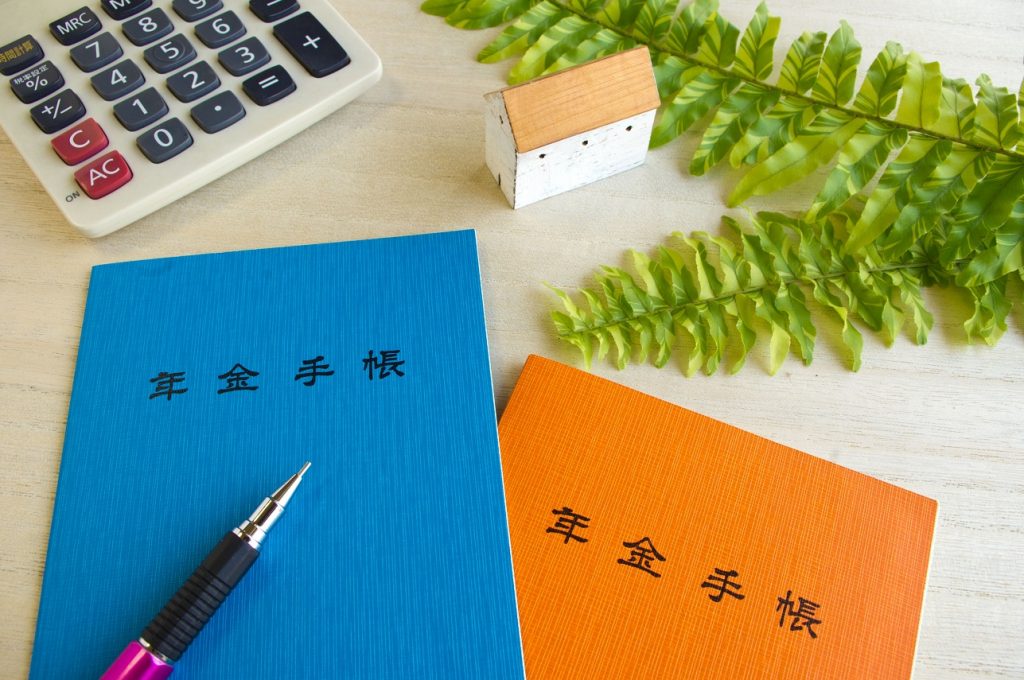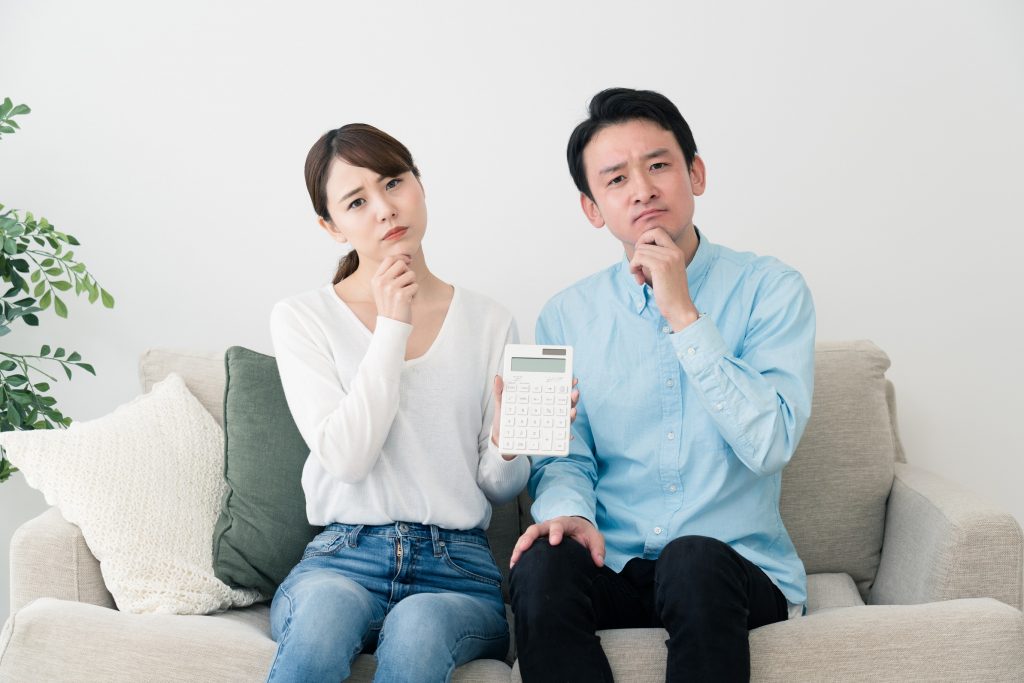In order to keep this simple, there are two categories most people fall into when it comes to pensions:
1) A person who is self-employed, works part-time or works at a company that is not insurance applicable because it has less than five employees.
2) A person who works full-time, or three quarters of what is considered full-time at that company (e.g. 30 hours a week or more, if the ordinary working hours per week are 40 hours).
What is the Japanese Pension System?

There are two types of nenkin (pension) into which all workers in Japan, including foreigners (on temporary working, spousal, or permanent residence visas), must enrol. This fund is managed by the Japanese Pension Service, a government organization run by the Ministry of Health, Labour and Welfare. The plan that you pay into depends on the type of work contract you have.
1) The kokumin nenkin, National Pension plan (国民年金)
2) The kosei nenkin, or employee’s pension insurance plan (厚生年金)
The main difference is that people in category two (kosei nenkin) will pay more in pension contributions but will also get a bigger pension pay-out in the future. This is because their company matches their payments, yen for yen, each month and adds to their pension pot. If you are paying into an employee pension you can also choose to pay into the national one, as well, in order to get more once you retire.
After you enrol in one of these schemes you will receive a nenkin techou (年金手帳), or pension handbook. It is important to keep a hold of this as you will need it any time you want to interact with your pensions. If you lose it, you can of course apply for a new one, but it is worth emphasizing that it is best to have the original.
What Do I Have to Pay?
The national pension scheme is mandatory for everybody else who does not have premiums deducted from their pay (like part-time employees), residents of Japan who are not already paying into the employee plan or who are unable to work. The monthly contribution amount is around ¥16,000 that you have to pay yourself through monthly or quarterly bills. (Students can apply for an extension on their payments for the national pension.)
Every full-time worker (or person who works 75 percent of full-time) has to pay into the employee pension system. This is automatically subtracted from your monthly pay into your pension fund to which you will contribute 9.15 percent of your salary. For example, a person earning ¥300,000 a month will have ¥27,450 deducted.
Can Foreigners Opt Out?
No. Everybody has to pay into the pension system. You can apply for reduced contribution amounts if you are disabled or unemployed. You can do this by visiting your local municipal office and applying once a year. You can, however, reclaim some of your pension upon leaving Japan.
After working in Japan for a couple of years, if you leave but then decide to return, your pension payments from years ago will still be on record so you can continue contributing to your pension while you work in Japan.
What Does the Monthly Pension Deduction Look Like?
You will receive an envelope in April full of national pension bills split into monthly or quarterly payments. You can then pay these at the post office, convenience store or bank.
On your payslip, check under the heading shakai hoken (社会保険), or social security. This deduction also includes health insurance, welfare insurance, long-term care insurance and employment insurance. Make sure to keep these pay stubs every month if you want records of how much you have paid into the system.
Why Are My Bills Unusually High?

If you are working multiple part-time jobs, then you will be paying significantly more. You will have to pay tax separately for all of your incomes. This is something to watch out for if you are self-employed or if a company tries to make you open up a second bank account.
If an employer asks you to open a second bank account and then splits your salary into two payments, one into each account, they are shifting the tax payments off themselves and on to you. It will appear as if you are being paid two separate salaries from two separate jobs. This is illegal, can hurt you financially, and should be avoided.
Japanese companies may also try to avoid their share of your social security cost by employing you part time. What does this mean? Well, full time workers (or those who work 75 percent of full time) are covered by their employer’s social security system, meaning that they pay half your pension fees. If you are hired on a contract that is 29.5 hours or less (in case the company’s regular working hours are 40 per week), then you are doing the same amount of work as a type A person but you are technically type B. Your company will not cover any costs of your pension, and you may end up paying more than a type A but getting less in return.
How Reliable is the Japanese Pension System?
Be warned, the Japanese pension system is in a state of flux. Like everything in the country, it is massively affected by the aging population, and nobody quite knows what will happen in the future when the population declines even more. That being said, the government currently states that everybody is guaranteed a pension so long as they pay into the system. They have also promised that pension benefits will not fall below 50 percent of the average wage.
You now, hopefully, feel like you know just what is expected of you in the world of Japanese pensions. This was just meant to be a bare basics introduction to the topic, and we highly encourage that you check out the information for yourself on the government’s website or go to your local pension service office and speak directly to a representative. It is always better to put the work in and make sure you’re on top of all of this stuff, rather than receive a massive bill sometime in the future demanding all of your missed payments.










